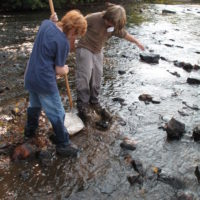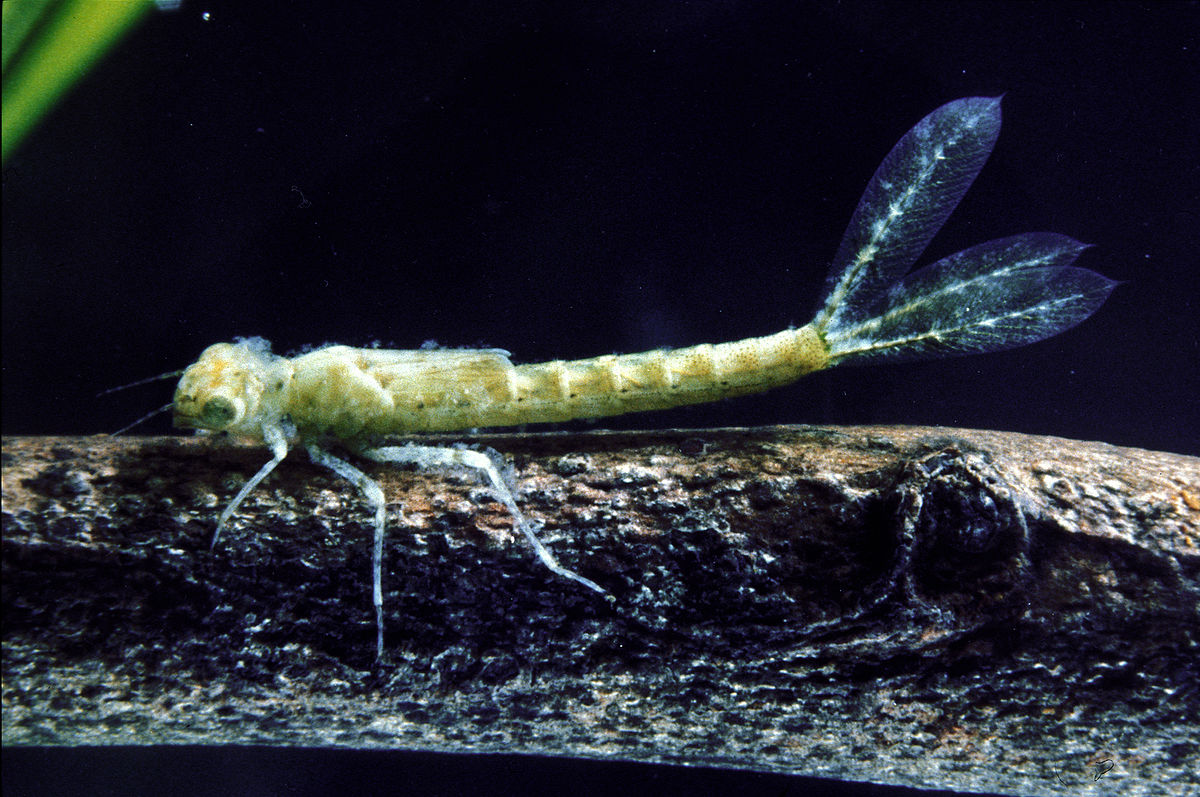Those dragonflies and mayflies soaring through the air over a stream, got their start in a stream as an aquatic macroinvertebrate, small aquatic animals and the aquatic larval stages of insects. They include dragonfly and stonefly larvae, snails, worms, and beetles. Often found attached to rocks, vegetation, logs and sticks or burrowed into the bottom sand and sediments, macroinvertebrates play important roles in stream ecology as nutrient cyclers and as food for upper levels of the food chain. They are also used by scientists to assess water quality. As a plus, they are just really cool.
In this 3-Part Workshop, led by stream ecologist, Ken Belt, you will learn about the life history of aquatic insects, role of these insects in freshwater aquatic ecosystems, and insect structure, morphology and adaptations. How the presence or absence of various species are indicators of water quality will also be covered. By the end of the workshop, you should be familiar with the common macroinvertebrate orders at a glance and have the taxonomic tools at your fingertips to identify whatever you may encounter including macroinvertebrates.org, an online identification tool for Common Freshwater Macroinvertebrates of Eastern North America.
(Tuesday – September 27) DAY 1 – Online via Zoom – 7pm-9pm
(Saturday – October 1) DAY 2 – In the Field – exploring streams – 11-3pm
(Sunday – October 2) DAY 3 – In the classroom using microscopy for ID – 12pm-4pm



